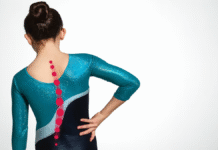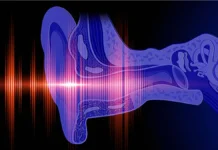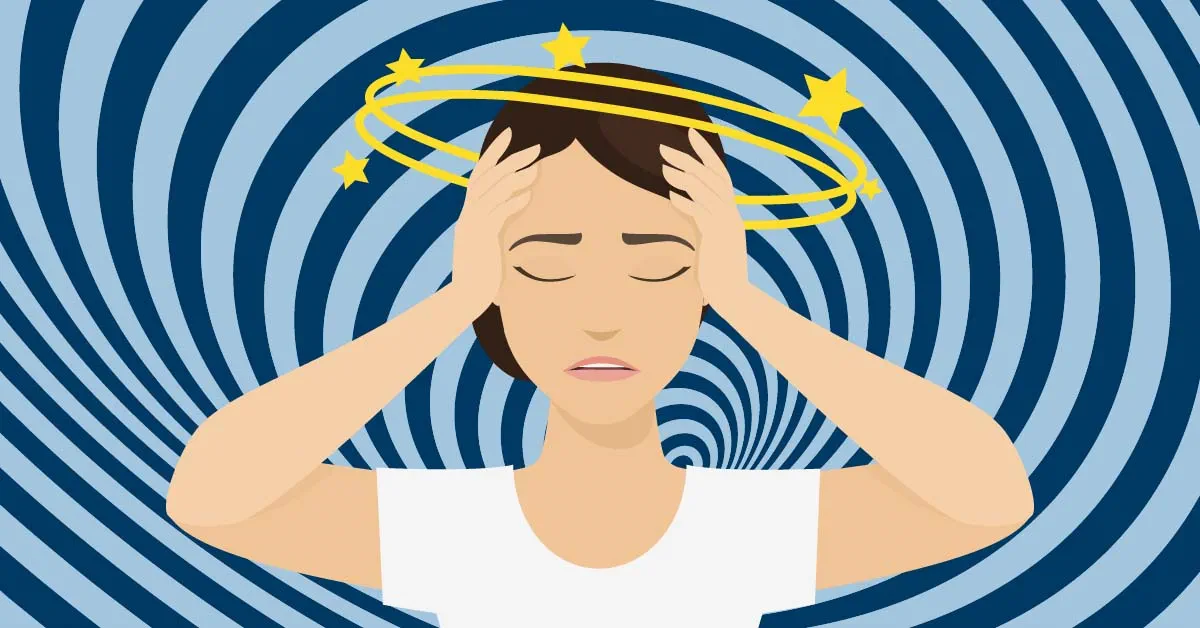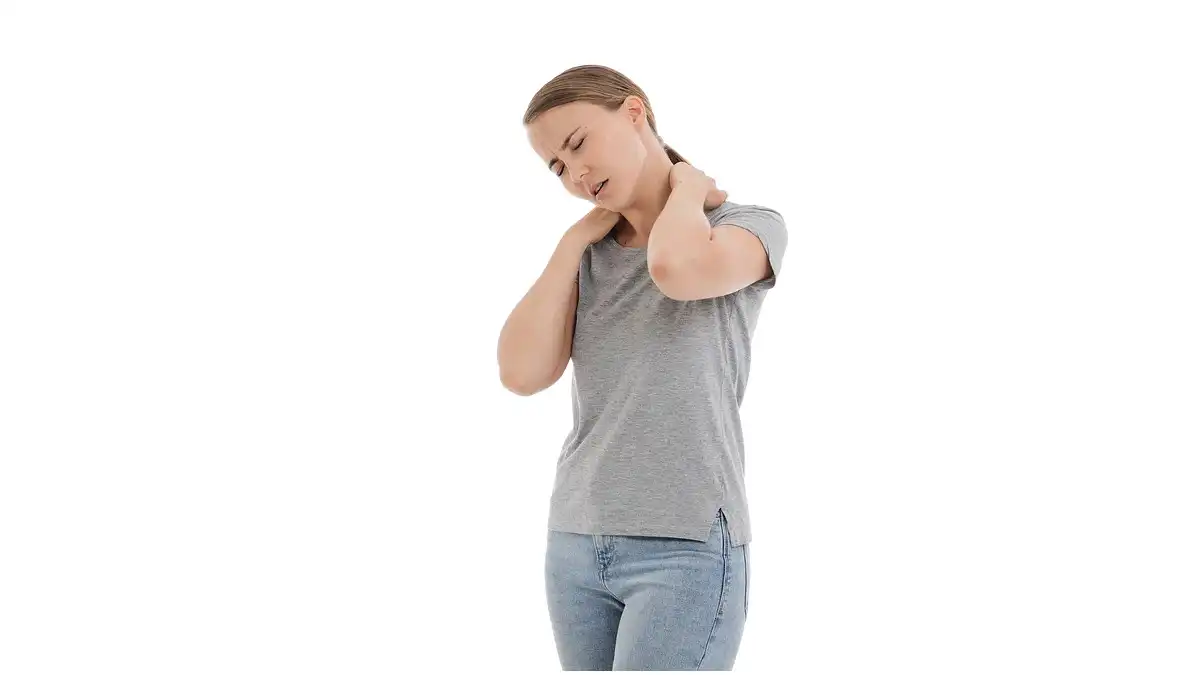Let’s move to an osteopathic perspective by examining the biomechanics of the cervical spine, the impact on headaches and posture, while integrating the role of the muscles in this approach.
Introduction
In-depth study of the biomechanics of the cervical spine reveals crucial information about its significant impact on two major aspects of physical health: headaches and posture. Biomechanics, which examines the forces and movements involved in the functioning of the body, proves to be a key element in understanding the mechanisms underlying these common problems.
The cervical spine, made up of seven vertebrae, plays a crucial role in maintaining structural stability and mobility needed for daily activities. However, imbalances in cervical biomechanics can lead to adverse consequences, of which headaches are often the first noticeable signs.
Cervical biomechanics directly influence blood circulation, nerves and muscles of the neck, creating an intrinsic link with headaches. Excessive muscle tension, spinal misalignments, and other biomechanical abnormalities can contribute to tension headaches, migraines, and other types of headaches. Understanding these mechanisms allows us to consider preventive approaches and targeted treatment solutions.
At the same time, the biomechanics of the cervical spine also influence body posture. Imbalances in this region can result in incorrect postures, affecting the spine as a whole. Not only can altered posture cause neck and back pain, but it can also influence overall health, breathing, and even self-confidence.
This optional extract explores the links between cervical spine biomechanics, headaches and posture, highlighting the importance of understanding these relationships to promote a holistic approach to musculoskeletal health. This is an in-depth exploration that invites consideration of preventive practices and personalized interventions to optimize cervical function and, by extension, improve overall quality of life.
- Normal Curvature of the Cervical Spine:
- In osteopathy, attention is often paid to preserving the normal curvature of the cervical spine to guarantee optimal distribution of forces. Manual techniques can be used to promote mobility and balance in cervical lordosis.
- Joint Mobility:
- Osteopaths focus on restoring joint mobility using techniques such as mobilization and manipulation. Gentle manipulations can be applied to improve flexibility and reduce joint restrictions.
- Neck and Neck Muscles:
- Osteopathy takes muscular imbalances into account. Myotensive and muscle release techniques can be used to relieve tension and restore balance between neck muscles such as the trapezius, scalenes and deep cervical muscles.
- Intervertebral Discs:
- Osteopaths consider the intervertebral discs to be integral components of the system. Gentle stretching techniques can be applied to promote disc mobility and relieve excess pressure.
- Facet Joints:
- Osteopathic manipulations may aim to restore balance and function to the facet joints. This can help reduce pain and improve mobility.
- Posture :
- Osteopathy considers posture as a whole. Structural techniques can be used to correct postural imbalances, thereby relieving stress on the cervical spine and preventing headaches.
- Head Alignment:
- In osteopathy, head alignment is crucial. Gentle adjustments can be made to restore optimal alignment, reducing muscle tension and associated headaches.
Impact on Headaches:
- Osteopaths use manual techniques to relieve muscle tension, improve blood circulation and reduce nerve irritation, helping to manage headaches.
Impact on Posture:
- By emphasizing muscular and joint harmony, osteopathy aims to correct postural imbalances, promoting a more natural posture and preventing associated disorders.
Management Strategies:
- Osteopaths can recommend specific exercises to strengthen and balance the neck muscles.
- Advice on ergonomics and postural habits can be provided to prevent recurrence.
In summary, osteopathy takes a holistic approach to assessing and treating the biomechanics of the cervical spine. Manual interventions aim to restore structural balance, improve mobility and relieve muscular tension, helping to alleviate headaches and promote healthy posture. Consult a licensed osteopath for a personalized assessment and treatment recommendations.


























